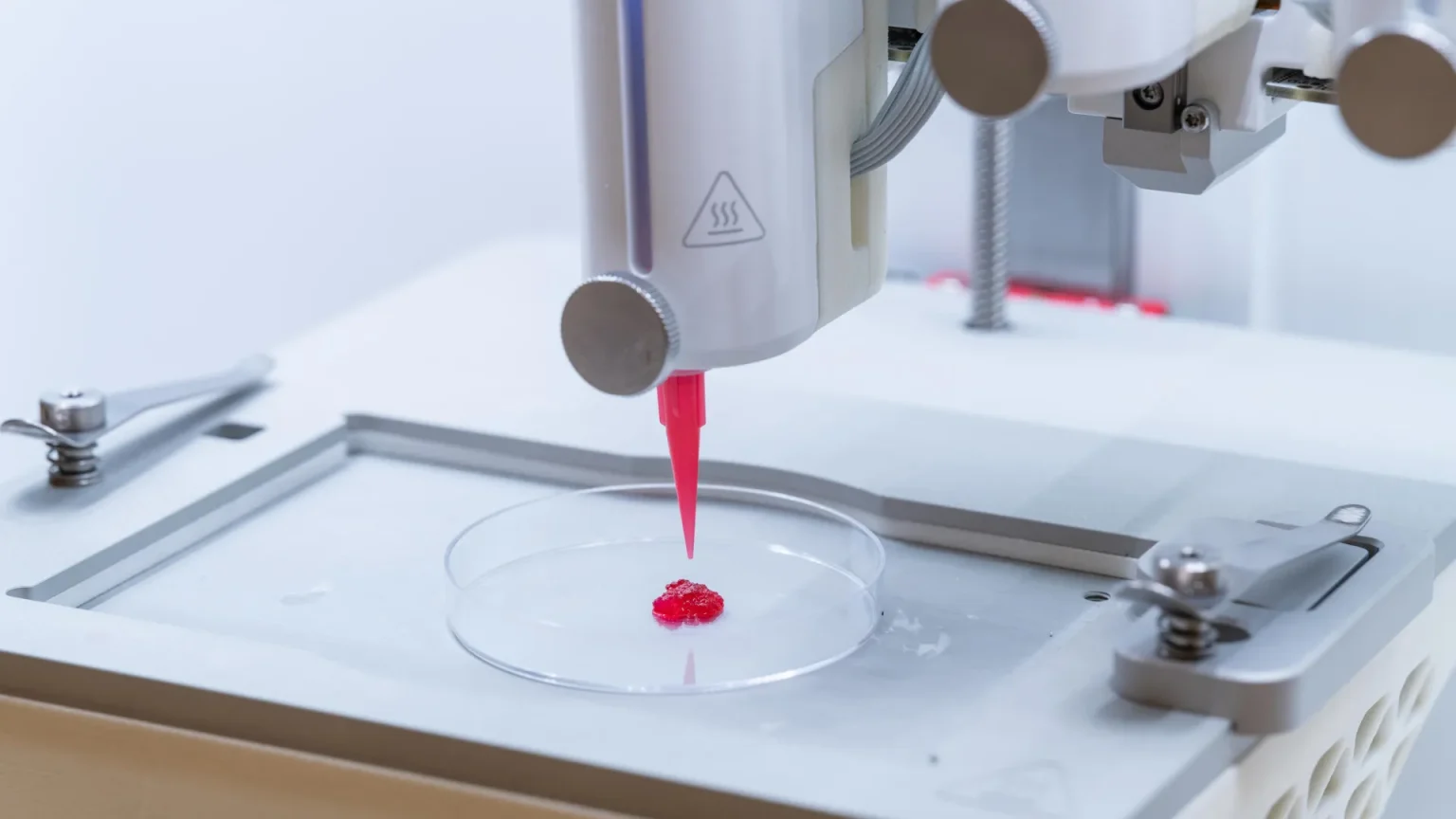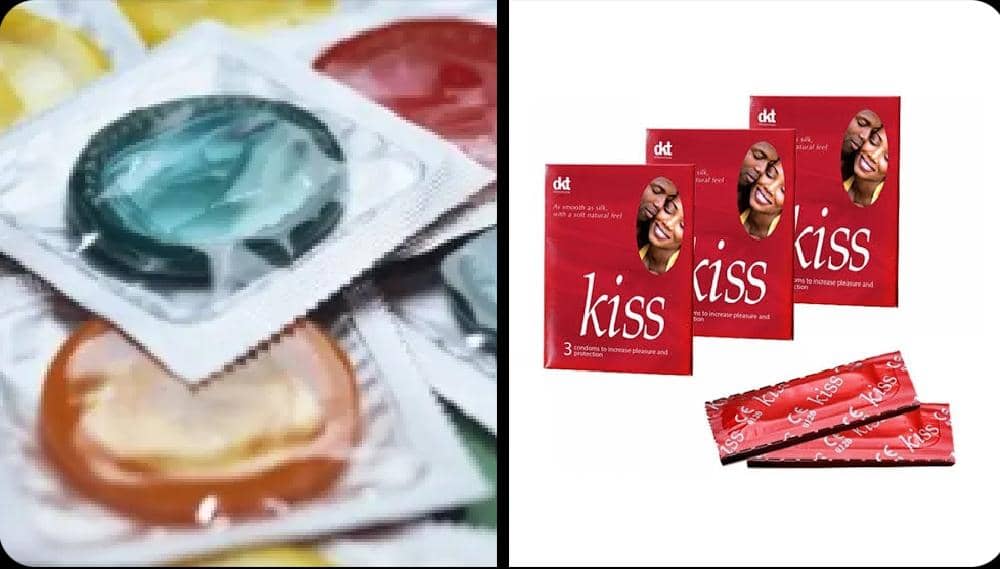Researchers in Sweden have developed an injectable “skin in a syringe” that can heal burns without scars, leveraging innovative materials and biological mechanisms.
This “skin in a syringe” gel developed at Linköping University can help treat severe burns and wounds by supporting the body in regenerating the dermis and wound healing.
The gel, designed to be injectable, is packed with live cells so that it can be applied directly to wounds or even 3D-printed into skin grafts. It solidifies again upon application. The body then grows new, complete skin from these cells.
In experiments on mice, the gel sprouted blood vessels, integrated with surrounding tissue, and began producing the collagen-rich matrix needed for real dermis.
The researcher had mixed the gelatine beads with a gel consisting of another body-specific substance, hyaluronic acid.
When the beads and gel are mixed, they are connected using what is known as click chemistry. The result is a gel that, somewhat simplified, can be called skin in a syringe.
Johan Junker, researcher at the Swedish Centre for Disaster Medicine and Traumatology and docent in plastic surgery at Linköping University, who led the study published in Advanced Healthcare Materials, explained, “We see that the cells survive, and it’s clear that they produce different substances that are needed to create new dermis.”
Large burns are often treated by transplanting a thin layer of the top part of the skin, the epidermis. This is basically composed of a single cell type. Transplanting only this part of the skin leads to severe scarring.
Under the epidermis, there is a thicker and more advanced layer of skin called the dermis. It has blood vessels, nerves, hair follicles, and other structures necessary for skin function and elasticity. However, transplanting the dermis is rarely an option, as the procedure leaves a wound as large as the wound to be healed.
Of course, this is still experimental. The studies were conducted in mice, not people. Clinical trials are years away, and scaling the process for human burns will be difficult. But the principle — that skin could be grown and delivered like wetware — marks a leap beyond today’s grafts.
The applications don’t stop at burns. Engineers could use the same gels and filaments, which come in useful for organ repair, lab-grown “mini-organs” for drug testing, and other things.
WARNING: If You Are Not 18+, Don’t Click The Link Below 👇🫣
https://facultativethus.com/kx6iepv2qm?key=6c14bd1d68e1eba721851f19778f5efe
Please don’t forget to “Allow the notification” so you will be the first to get our gist when we publish it.
Drop your comment in the section below, and don’t forget to share the post.
Never Miss A Single News Or Gist, Kindly Join Us On WhatsApp Channel:
https://whatsapp.com/channel/0029Vad8g81Eawdsio6INn3B
Telegram Channel:
https://t.me/gistsmateNG











So happy when I started reading this. Please can the gel be useful for tribal marks deletion. Thanks